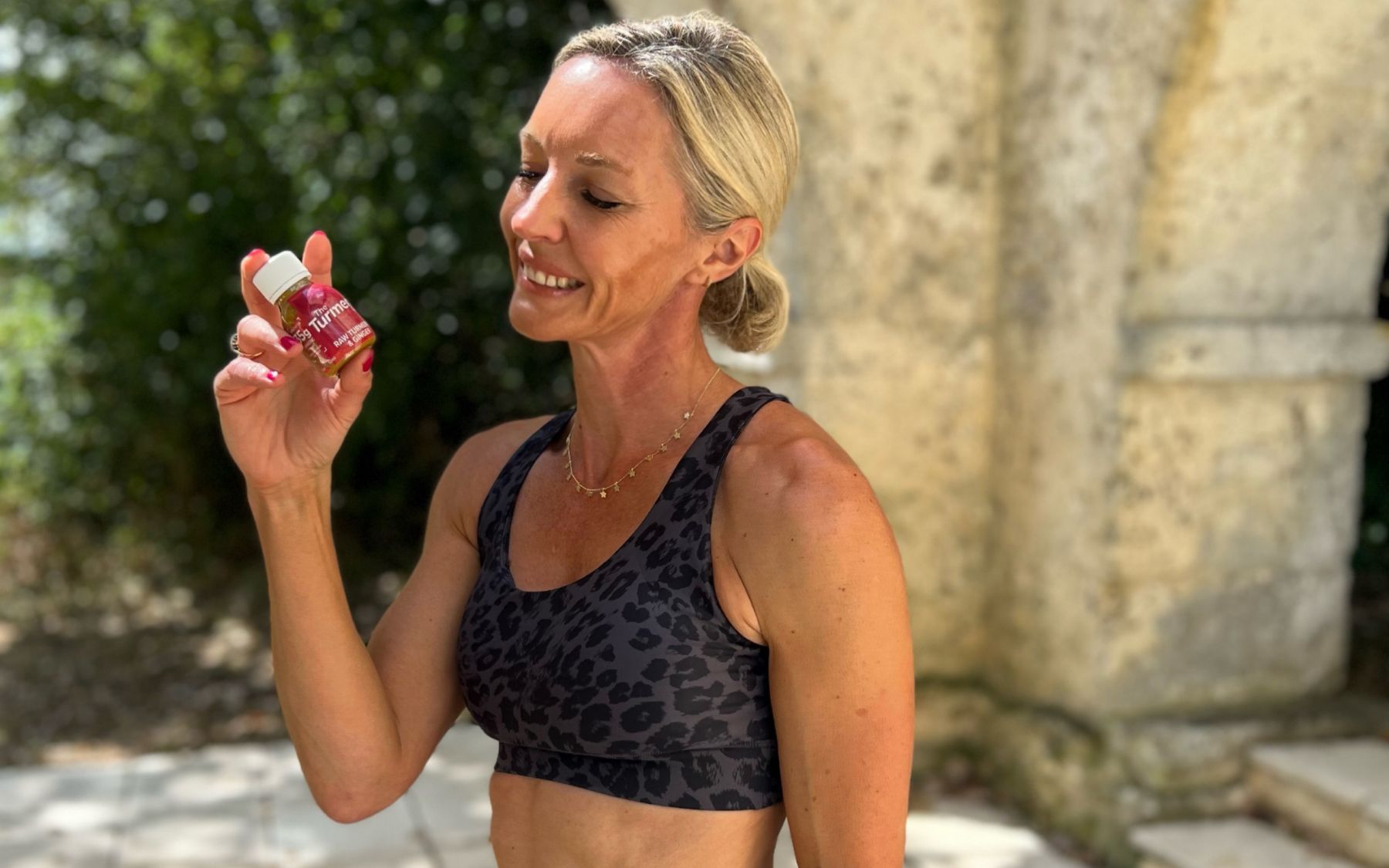Yes, it’s true, I feel fitter, stronger and so much healthier now than I did in my 20s and 30s. It is definitely possible to feel fantastic in midlife…exercise plays such a key role at this life stage so let’s talk about how to feel great in your 40’s and beyond.
One question I’m often asked is what tips I have for feeling your best once we hit the perimenopause/menopause stage and why? It’s such an important topic so here are some recommendations as well as my reasons why!
Menopause comes with a cacophony of symptoms and changes which, let’s be honest, are not at all welcome. These range from surreptitious weight gain, joint aches and pains, the dreaded flushes, general lethargy, anxiety and mood changes. But one thing that has been proven time and time again is how exercise can really help at this time and make a huge difference both physically as well as mentally. What is key to say at the start is to listen to your body and to remember that everyone is different and that what may suit one may not suit everyone.
So firstly why does exercise help women at this time?
1. It helps to maintain a healthy weight esp at a time when putting on weight can seem to happen overnight. Once you hit the perimenopause your metabolism begins to slow down and there is a loss of oestrogen which results in a change in the way that fat is stored. Pre-menopause we store fat around our hips and thighs but with this drop in oestrogen we tend to store it more around the middle. Exercise, especially strength training, if done consistently can help prevent weight gain and reduce body fat.
2. Secondly and so very key is how essential exercise is for muscle mass and bone density. From the age of 35 both of these begin to decline and we become more at risk of osteoporosis. Strength training can play a significant role in not only maintaining our muscles & keeping physically strong but also encouraging new bone cell growth and therefore preventing bone fractures/osteoporosis risks.. The drop in oestrogen in menopause exacerbates the loss of bone density – it is estimated on average women lose up to 10% of their bone mass in the first five years after menopause. Using resistance-based exercises has been proven to help significantly with this and I have had personal training clients whose bone scans have been reflective of this.
3. Anxiety and Stress – this is key in perimenopause & menopause. Exercise reduces stress levels, boosts mood, endorphins and generally makes you feel great!!! (have you ever said “I really regret doing that class?!”). Exercise reduces cortisol levels and strength training as a whole is better than cardio for reducing these levels and putting less stress on the body in general.
4. Exercise helps us to sleep better. Menopause is renowned for interrupted sleep which in turn leads to poor food choices, low mood and low energy. Exercise helps us to sleep better in turn also boosting immunity levels.
5. Strength and balance exercises are focused on improved posture, mobility and coordination which helps reduce the risk of falls in later life and make us less prone to injury in general.
6. Exercise will reduce the risk of other diseases such as cancer, diabetes etc. Alongside this is how key it is to heart health particularly when we incorporate cardio exercises into our workouts.
So this is my rationale behind strength training as we enter this phase! Now how do we go about this?
I recommend 4x a week of strength training workouts alongside 2 of cardio – which can be just a brisk walk or a cycle. It is essential to take rest days to allow the body to refuel and recharge so make sure you factor these in. Strength training can be with or without weights & it’s key to build up gradually and focus on technique. It can be just 30 minutes so it’s easy to fit into your day!
Intrigued to know more about Caroline’s Circuits? I run 4 live online classes a week all based on strength on my fitness platform. They are all recorded so if you cannot make them live you can do them at a time that suits you. Find out more and try a class here or through my IG page @carolinescircuits.
If you have any questions please do get in touch.
Caroline x










